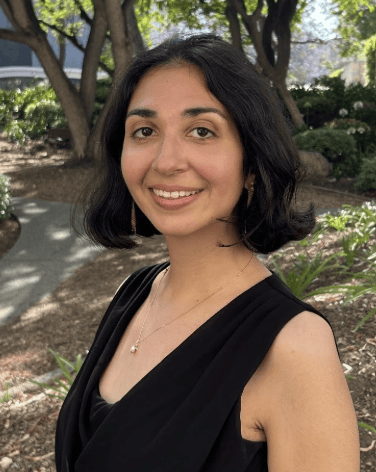Webinar Description

Hosted by: ACerS Washington DC/Maryland/Virginia Section
Friday, October 31, 2025; 12p.m. – 1p.m. Eastern US time
Sponsored by the ACerS Washington DC/Maryland/Virginia Section, the September webinar will feature one speaker: Macabre Materials Across Time: From Toxic Pigments to Manic Alchemists
DESCRIPTION
Macabre Materials Across Time: From Toxic Pigments to Manic Alchemists
This Halloween, please join Dr. Celia S. Chari for a journey through the sinister history of artists’ materials, exploring the fundamental challenges in their synthesis, chemical stability, and degradation over time. First, she will discuss her work on arsenic sulfide minerals, used since ancient times as red and yellow pigments, focusing on the light-induced alteration mechanisms of the rare and highly toxic mineral bonazziite (β-As4S4). Then, she will talk about the curious story behind European hard-paste porcelain and purple luster glazes, tracing their roots to the imprisoned alchemist Johann Friedrich Böttger and the 18th century Meissen Manufactory. Lastly, she will share her new insights into the high-temperature degradation of Athenian vessels that were incorporated in funerary pyres during the 5th century BCE. Together, these case studies reveal the timeless and occasionally perilous role of materials in society, and how modern characterization tools can illuminate their hidden histories.
BIOGRAPHY

Dr. Celia S. Chari, MCH-Dogra Art Foundation Fellow, Harvard University
Dr. Celia S. Chari holds a PhD in Materials Science from the California Institute of Technology, where she worked with NASA/Caltech’s Jet Propulsion Laboratory on the development of novel ceramic composites for electric propulsion systems, and was awarded an Amelia Earhart fellowship from Zonta International for her work on high-temperature ceramics. She was recently the Beal Family postdoctoral fellow at Harvard University, where she worked in the Harvard Art Museums on the scientific examination of historic objects, following her life-long passion for learning how materials have been sourced and processed since ancient times. Now based in D.C., she is currently the MCH-Dogra Art Foundation fellow in conservation science for Harvard University’s Mapping Color in History Project.
As an experimentalist, Dr. Chari’s research is anchored in understanding synthesis-structure-property relationships, with a particular interest in studying material degradation in extreme environments. Throughout her research, she employs advanced spectroscopic, crystallographic, and microscopic techniques to illuminate our understanding and optimization of materials processing methods. Her research has extended into collaborations with the U.S. Naval Research Laboratory, Ecole Normale Superieur Paris-Saclay, SOLEIL Synchrotron, the European Synchrotron Radiation Facility, Museum of Fine Arts Boston, the Metropolitan Museum of Art, and MIT’s Center for Materials Research in Archaeology and Ethnology.
If you have any questions, please contact Vicki Evans.
This webinar is brought to you by the ACerS Washington DC/Maryland/Virginia Section.
